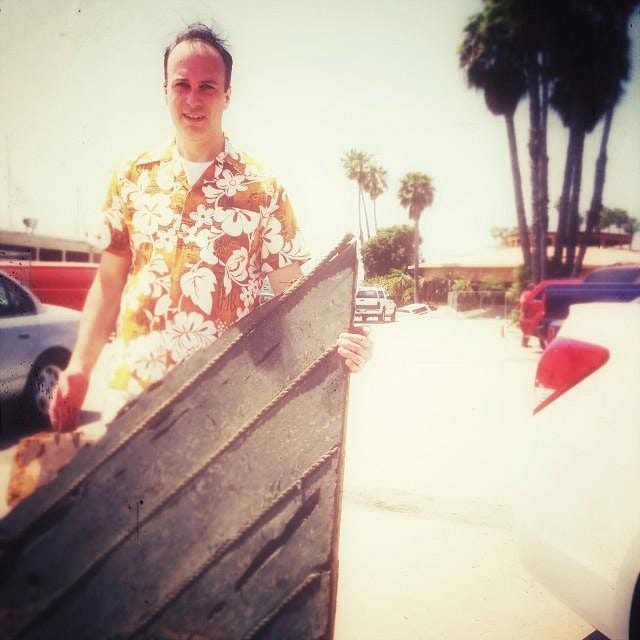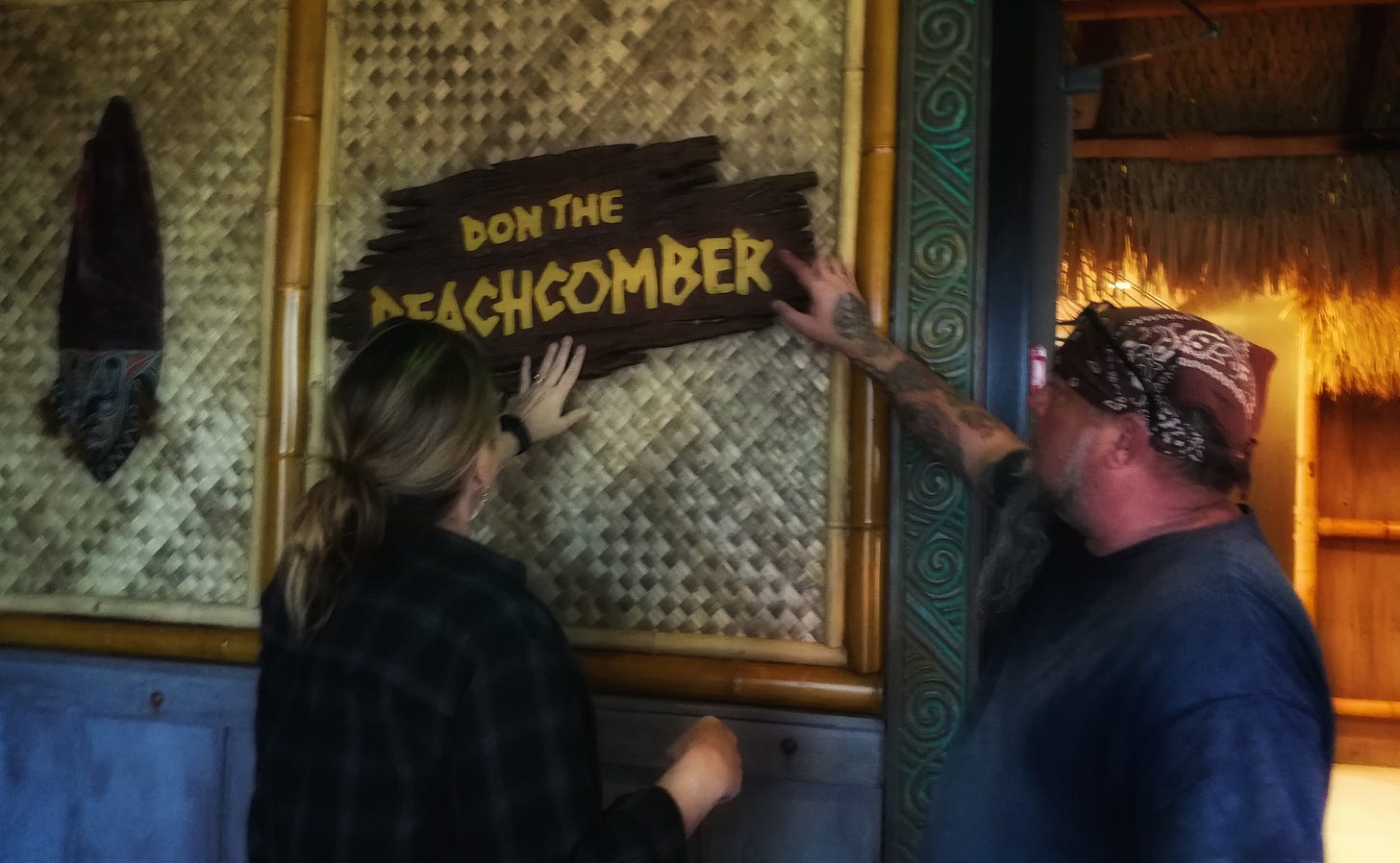I’ve had a lot of mai-tais. I know where the tiki bars are—or, more frequently now, were—and I did my diligent time in them. I’ve been an urban archaeologist and tiki hunter since before there was a Tiki Central, that venerable online forum that has led the tiki revival for most of this century.
The best mai-tai I ever had was at Don the Beachcomber in Huntington Beach, made by master mixologist Marie King. It was a regular weeknight, we’d ordered at our table in one of the lauhala-lined dining rooms, she didn’t know it was me, and the depth, complexity, tone, color, and flavor of that drink has stuck with me for years. There is a strong science to making drinks properly, it takes a certain knack and finish, and I’ve never met anyone who excelled at it more than Marie.
Watch an exclusive interview with Marie King at the bottom of this article
This legendary mai-tai was poured back in 2010, well before that Don the Beachcomber location closed—but it did, like so many places of the past. There were many that have disappeared. Like the fantastic disc-shaped Don the Beachcomber in Marina del Rey, a long-shuttered landmark that stood quietly to remind visitors of that area’s loungey 1970s glory days. The abandoned circular dome with spider-leg arches was always worth an introspective haunt—until they finally tore it down to make way for something inferior and forgettable. And when they did, I raced out there to save a big chunk of the front door, made of pecky cedar and built by acclaimed artist LeRoy Schmaltz of Oceanic Arts. That Don the Beachcomber was a Hollywood filming location, and a lot of stars walked through that door.
Over on the other coast, in my home turf of Gulf coast Florida, I've seen a lot of good things get knocked down. As recently as the oughts, the Gulf beaches of St. Pete were a world-class cache of classic American signage and architecture. With good friends and an impromptu preservation campaign, we got the plight of Treasure Island—perhaps the epicenter of Floridian mid-century modern building and design—on the front page of The New York Times. I also arranged for a head of The National Trust of Historic Preservation to fly out and talk to the city. Soon, lawyers gave pro bono talks on the economic benefits, web sites were made, but even all of that wasn't enough to open the eyes of the people who had all the power at the time.
Just north of Treasure Island is Madeira Beach, a community where the locals are increasingly worried about the state of the city—indeed, it’s rapidly losing its beach character and becoming a concrete canyon with nothing worth looking at. So I was shocked to see what appeared to be carefully carved Marquesan tikis on the side of a new hotel building, in a spot that would normally be reserved for an Applebee’s, a Starbucks, or some other generic and foreign appellation not worth caring about.
When I pulled in to investigate closer, I recognized the imagery and work as something pioneered almost a century ago by Ernest Gantt, soon known to the world by his moniker of Don the Beachcomber. So I stepped in to inquire—and was shocked to open the door and be flooded with the calm and colored glow of a tapestropic ceiling of giant fishing floats, all just hovering there like a gigantic, conscious, undersea life form above a real and legitimate tropical paradise … one that looked and felt like it’d been guided by the hand of Don himself. The tones and colors and every detail were tikily correct. I recognized some vintage LeRoy Schmaltz, I noticed that the collection of rum was decidedly serious, and—most shockingly of all—I saw Marie King standing behind the bar. I’d last seen her several years back at the Tonga Hut in North Hollywood, one of my favorite haunts in all of LA, and now here she was, transplanted to my favorite turf as Director of Beverage.
We might have lost a lot of incredible buildings and neon signs and landmarks here, but it’s great to report that we’ve just gained something seriously major and important. This is good juju. It makes me feel like even bigger, better things are just ahead for those who think like us. There’s still a lot of great old signs and well-kept vintage motels out here—and, like a cliché out of a dogeared paperback, when the gulf breeze sways the palms I still feel like it’s the best place in the world to be. And now I’m happy to report that if you want the best mai-tai in the world, you just need to get to St. Pete and head for the beach.
Watch Marie King as I speak with her about this exciting development in the weeks leading up to the grand opening.






